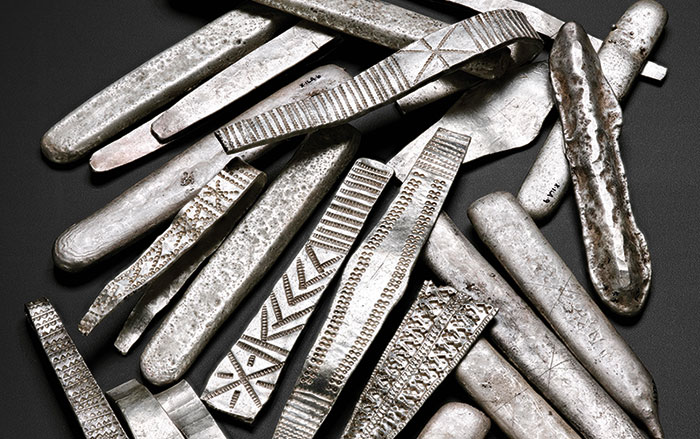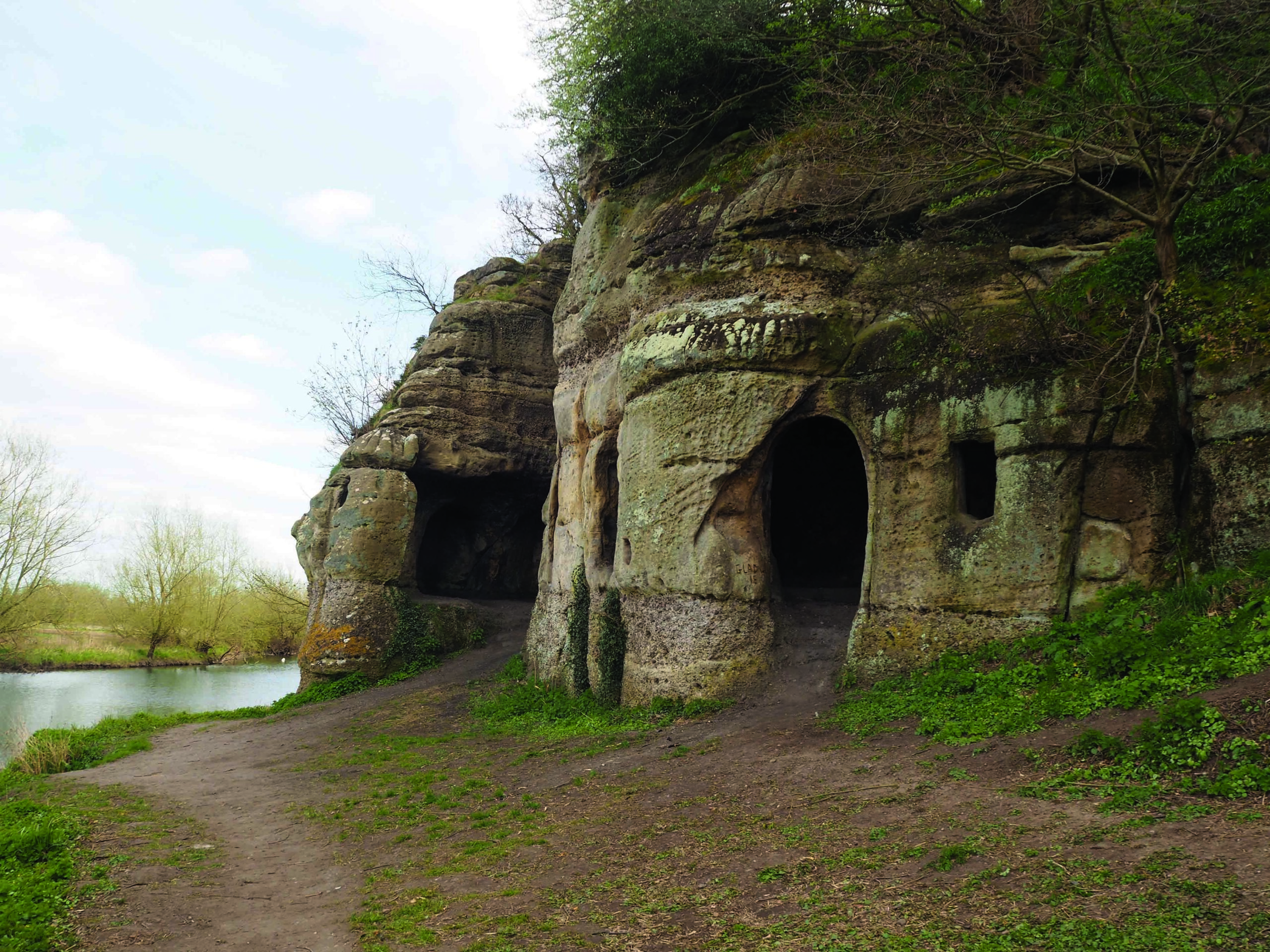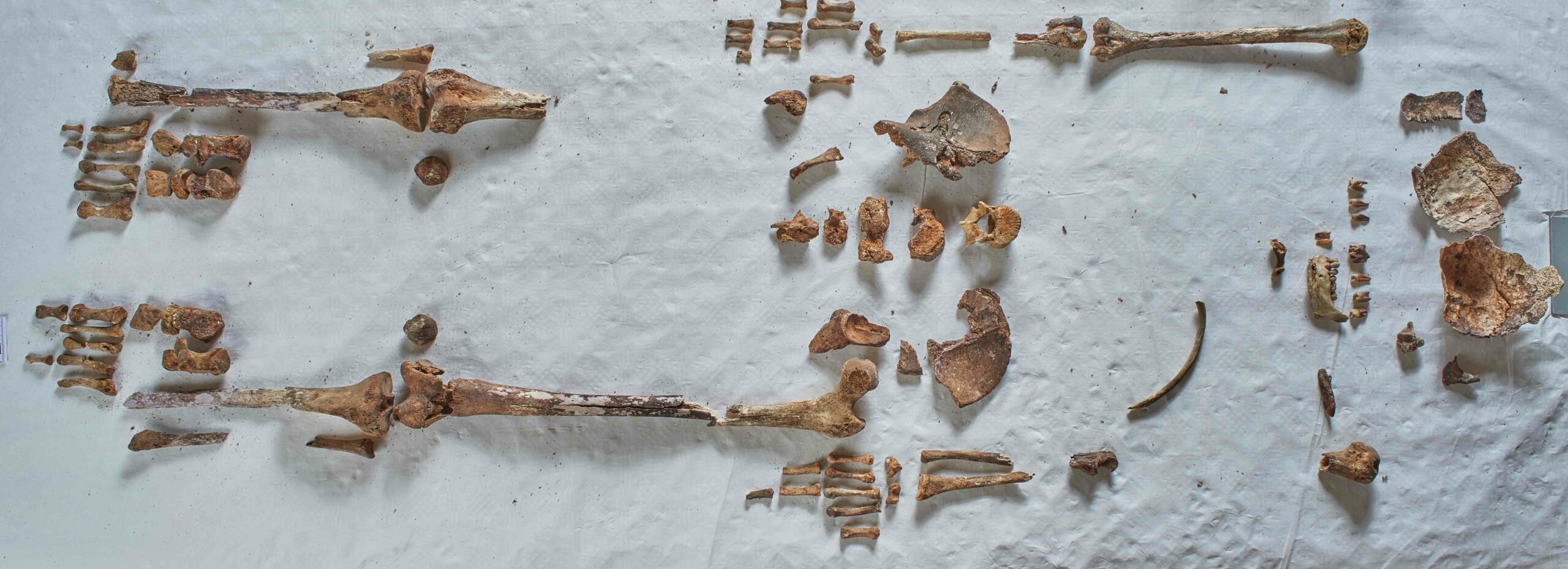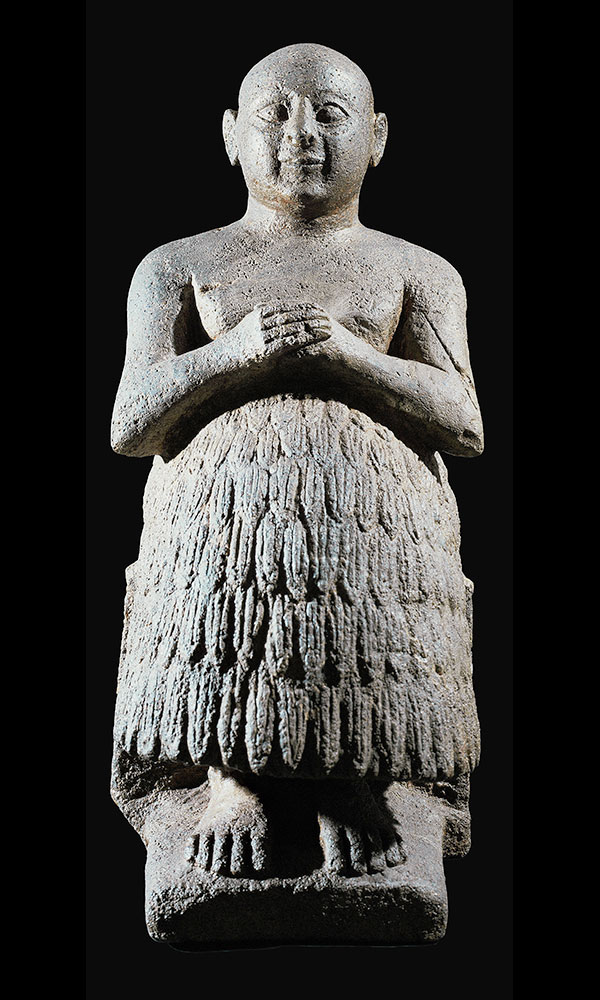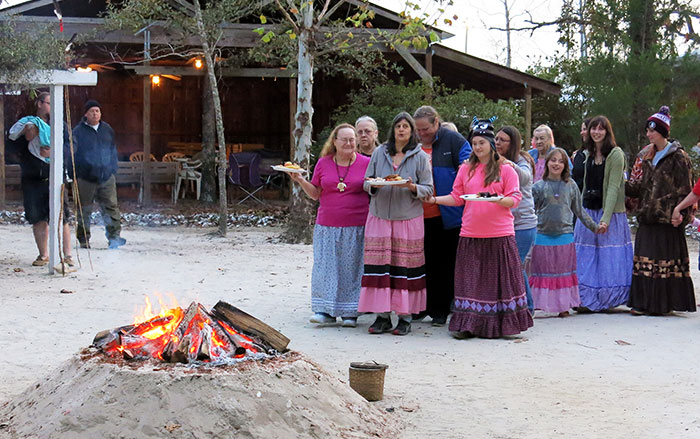
LINDISFARNE, ENGLAND—A volunteer working on an excavation on Lindisfarne Island off England’s northeast coast has discovered an Anglo-Saxon grave marker dating to the mid-seventh or eighth century A.D. According to the BBC, the team is searching for evidence of the earliest monastery on the island, and the marker may prove to be an important clue to its location. "It's unimpeachable evidence for Anglo-Saxon activity and confirms we're hot on the trail of the very earliest monastery here in Lindisfarne," says Durham University archaeologist David Petts, who is the project’s co-director. The name on the stone appears to end in “frith,” which is common in Anglo-Saxon names. Scholars are still deciphering the rest of the letters on the grave marker. To read more about Anglo-Saxon archaeology in this part of England, go to “Stronghold of the Kings in the North.”


